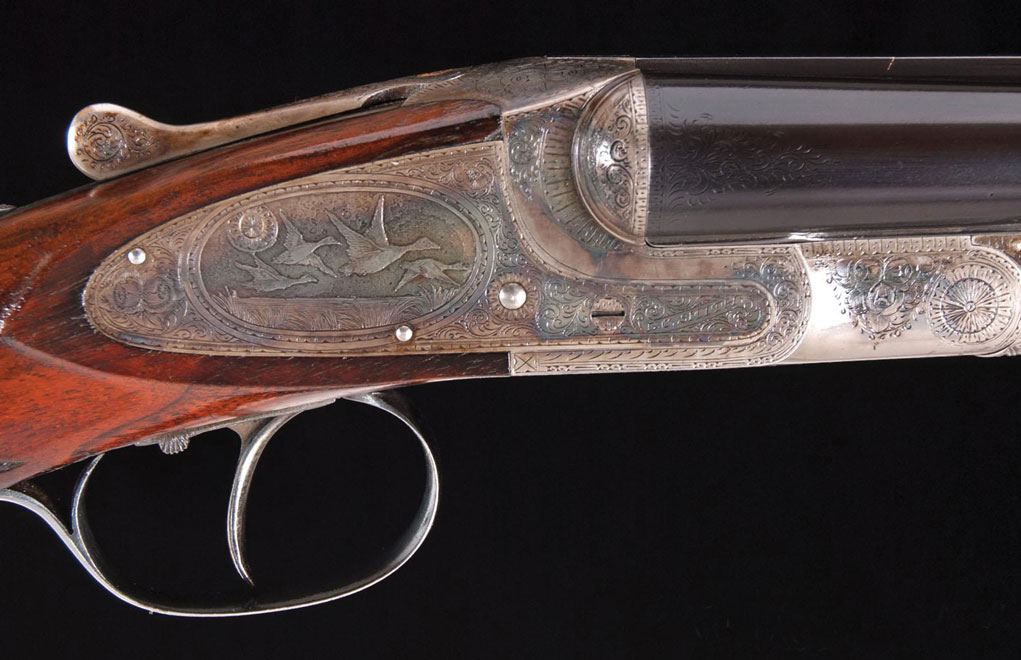

Fulton gun case colors - Drew Hause August 29, 2021, 7:18 am.Re: Marlin case colors - Bob Hamilton August 28, 2021, 10:27 pm.


But one thing's for sure, whatever changes Marlin made were very successful, as an average of better than 13,000 Smith guns were produced annually under Marlin's tenure and prior to Marlin, only twice had Hunter Arms production exceeded 13,000 guns in one year. Certainly some of the early guns would have been finished and shipped from inventory on hand, and early production guns charcoal hardened as Marlin's changes were implemented so I have no effective change date, but will continue to rely on the Jerred's and Mr. Ken told me that Marlin had changed to the cyanide process because it was faster and cheaper and that it took them some unknown amount of time to perfect the new hardening process, as their first efforts resulted in brittle frames. Jerred walked to the gunworks, took Charles by the hand and lead him home like a little child. The company contacted his wife (the Jerred family lived in Fulton and had no automobile) and Mrs. Jerred began work at Hunter Arms he was assigned to the hardening department an accident there with cyanide burned his eyes and he was temporarily blinded. I don't recall the first reference I read regarding changes in case the hardening processes but the information I published as part of the Charles Jarred story came directly from a personal friend of Charles Jerred, Ken Sweet, and Mr. as a subsidiary of The Marlin Firearms Company.Īfter acquisition, Marlin immediately went to work looking for production cost changes they could make in terms of cost savings time and manufacturing processes in order to lower production costs, increase production, and be able to produce the Smith profitability. The Marlin Firearms Company purchased Hunter Arms in late November, 1945 and in December, 1945 organized the LC Smith Gun Company, Inc.


 0 kommentar(er)
0 kommentar(er)
